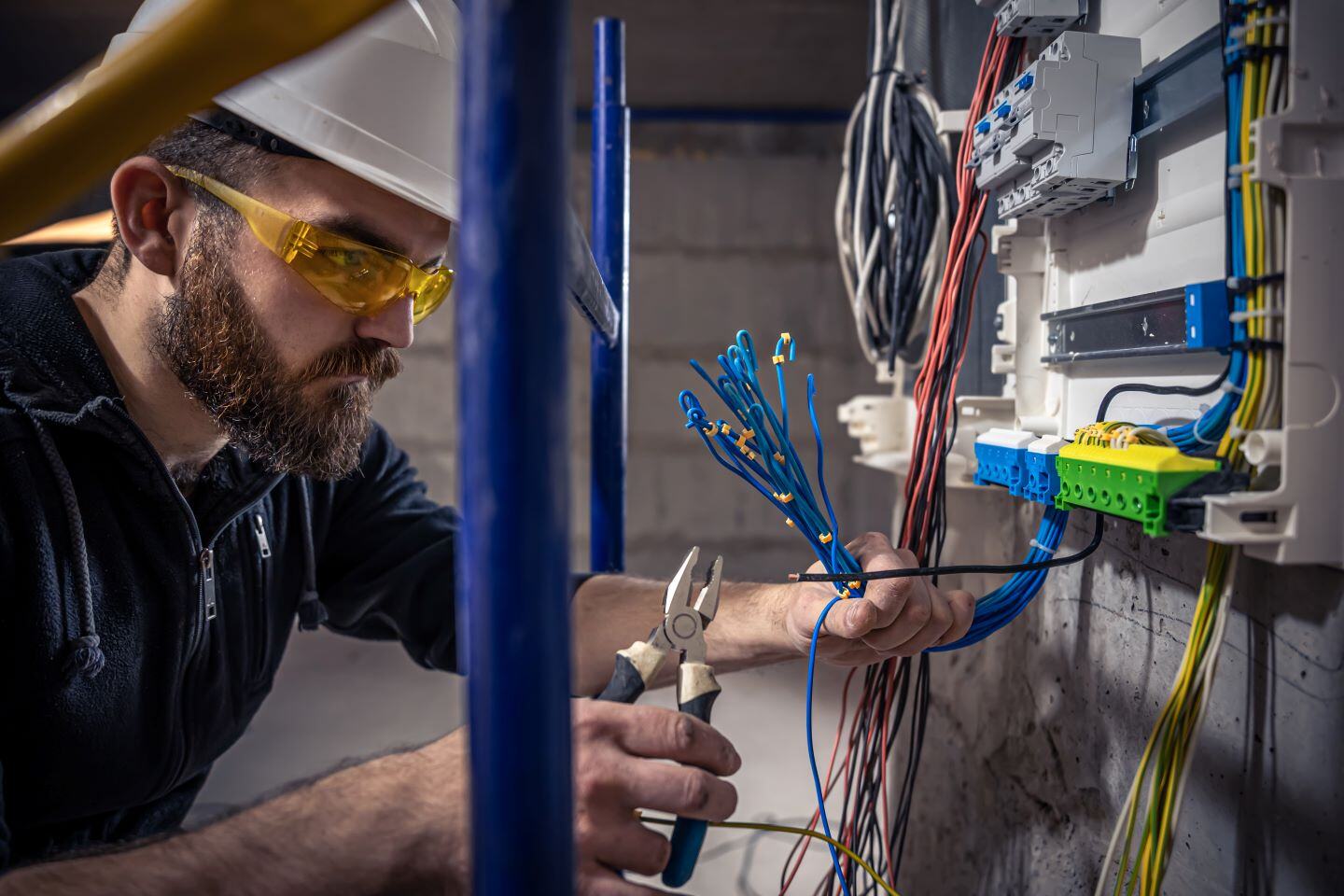Key Practices for Electrical Safety
Electrical hazards are a common risk in nearly every workplace, from general industry and construction sites to farming operations. Regardless of your field, understanding and identifying these hazards is crucial to maintaining a safe work environment. Knowing how to recognize and mitigate electrical dangers can prevent accidents and ensure the safety of everyone on site.
According to the National Library of Medicine, In the United States, there are approximately 1000 deaths per year, because of electrical injuries. Of these, approximately 400 are due to high-voltage electrical injuries, and lightning causes 50 to 300. There are also at least 30,000 shock incidents per year that are non-fatal. Each year, approximately 5% of all burn unit admissions in the United States occur because of electrical injuries.
These statistics do not include injuries caused by secondary events. For example, an individual falls from a ladder due to getting shocked. If these types of injuries were included, the statistics would likely be higher. Electrical injury statistics in Canada are collected by Province and are like the United States statistics. Every day, workers suffer some type of shock, but do not seek or require treatment for their injuries. As a result, it is difficult to fully track the occurrence of electrical shock in the workplace.
Some common sources of electrical hazards are:
- Overhead power lines
- Underground power lines
- Lightning
- Faulty equipment
- Working on energized equipment improper grounding
- Damaged insulation
Safe work practices to follow to avoid electrical incidents and injuries:
- Maintain at least a 7M (21ft) from 50 kts overhead power lines, add more distance as the voltage increases as per legislated requirements. also avoid the poles themselves to avoid bringing lines to the ground.
- Call your local utility locator before digging to avoid unexpectedly striking an underground electrical line or any other utility.
- Inspect all cords for damaged insulation or missing ground prongs. If either of these conditions exists get them fixed by a professional or remove them from use.
- Never work on energized equipment.
- Always follow proper lock and tagout procedures before performing electrical work.
- Test the power after locking and tagging out to ensure there is no power being fed to what you are working on.
- Do not operate electrical equipment in wet conditions. also avoid having electrical components in a wet environment unless they are protected.
- Secure all electrical boxes and panels. Ensure components in and around these panels are in good working condition and not missing.
All workers should have some training in electrical safety. Awareness for employees with limited electrical exposure, trade training for electricians and linemen to electrical safety standards and arc flash training (United States Requirements and Canadian Requirements).
Maintaining a safe electrical environment in the workplace is not just about compliance; it's about fostering a culture of safety and protecting your most valuable assets—your employees. By adhering to established safety protocols, conducting regular inspections, and investing in proper training, you can significantly mitigate the risks associated with electrical hazards. A proactive approach to electrical safety not only prevents accidents but also promotes productivity and well-being.
Stay vigilant, stay informed, and ensure that electrical safety remains a top priority in your workplace.

